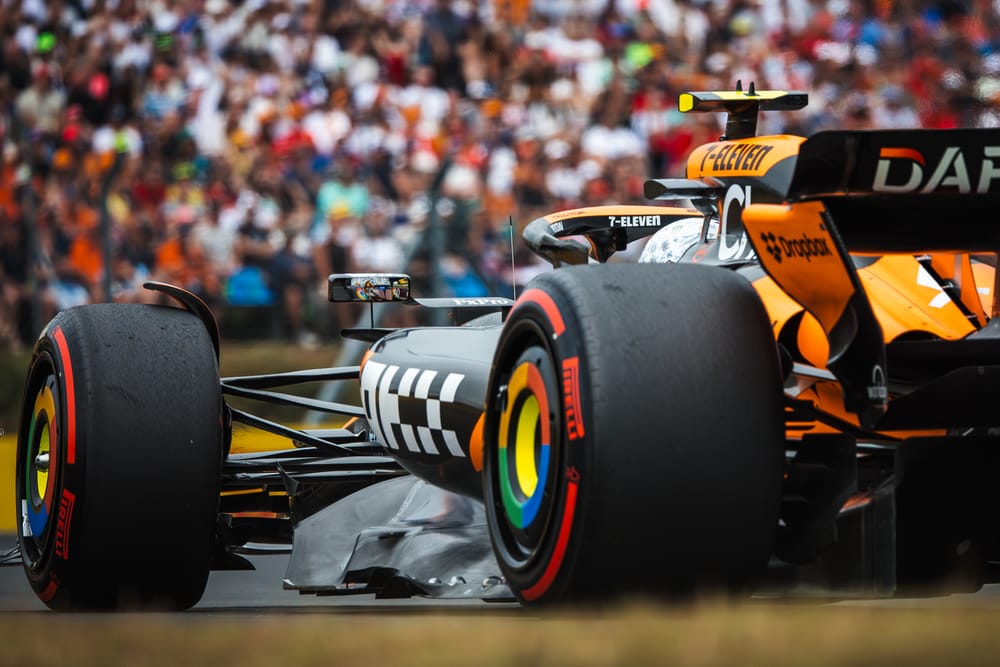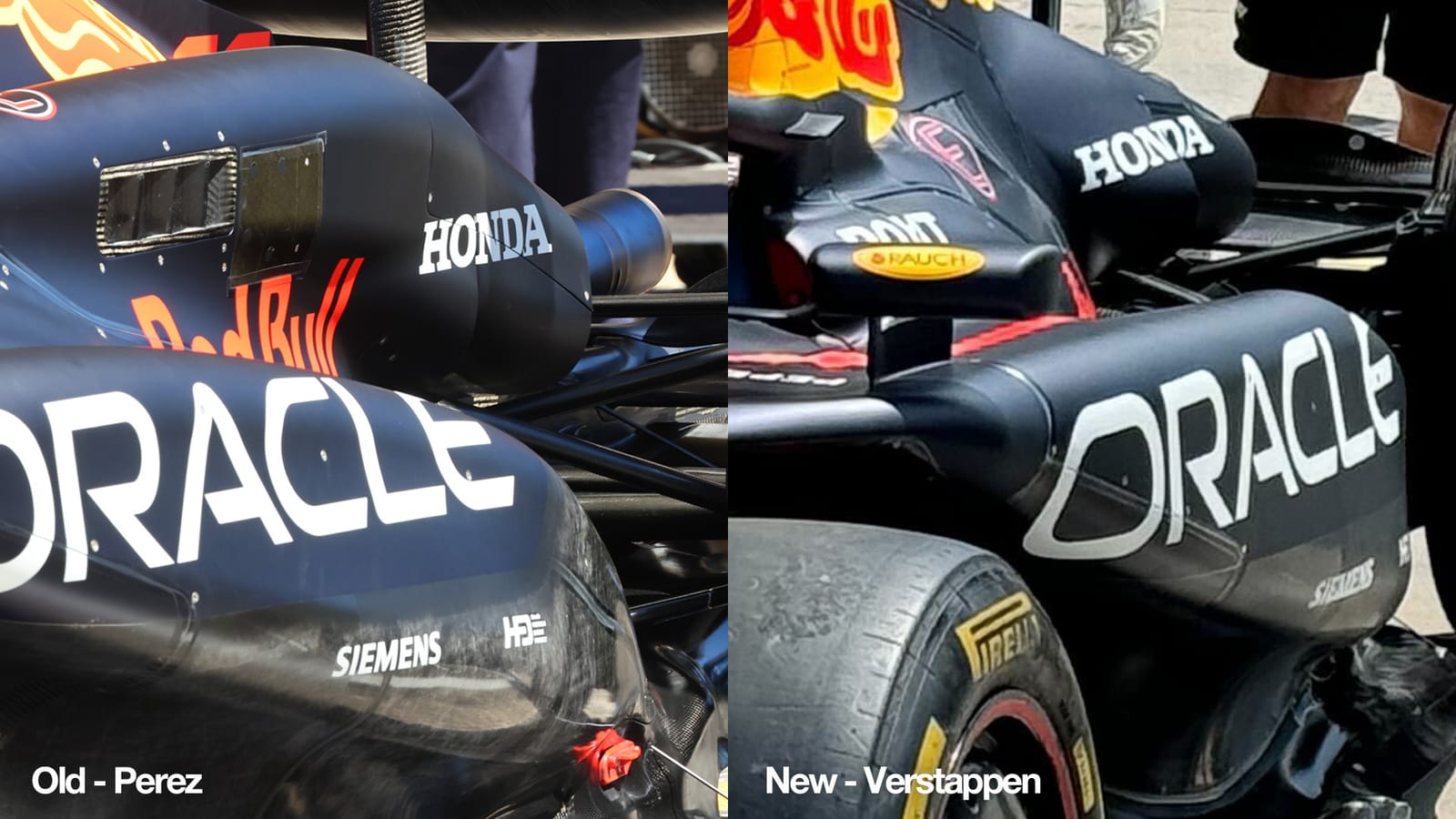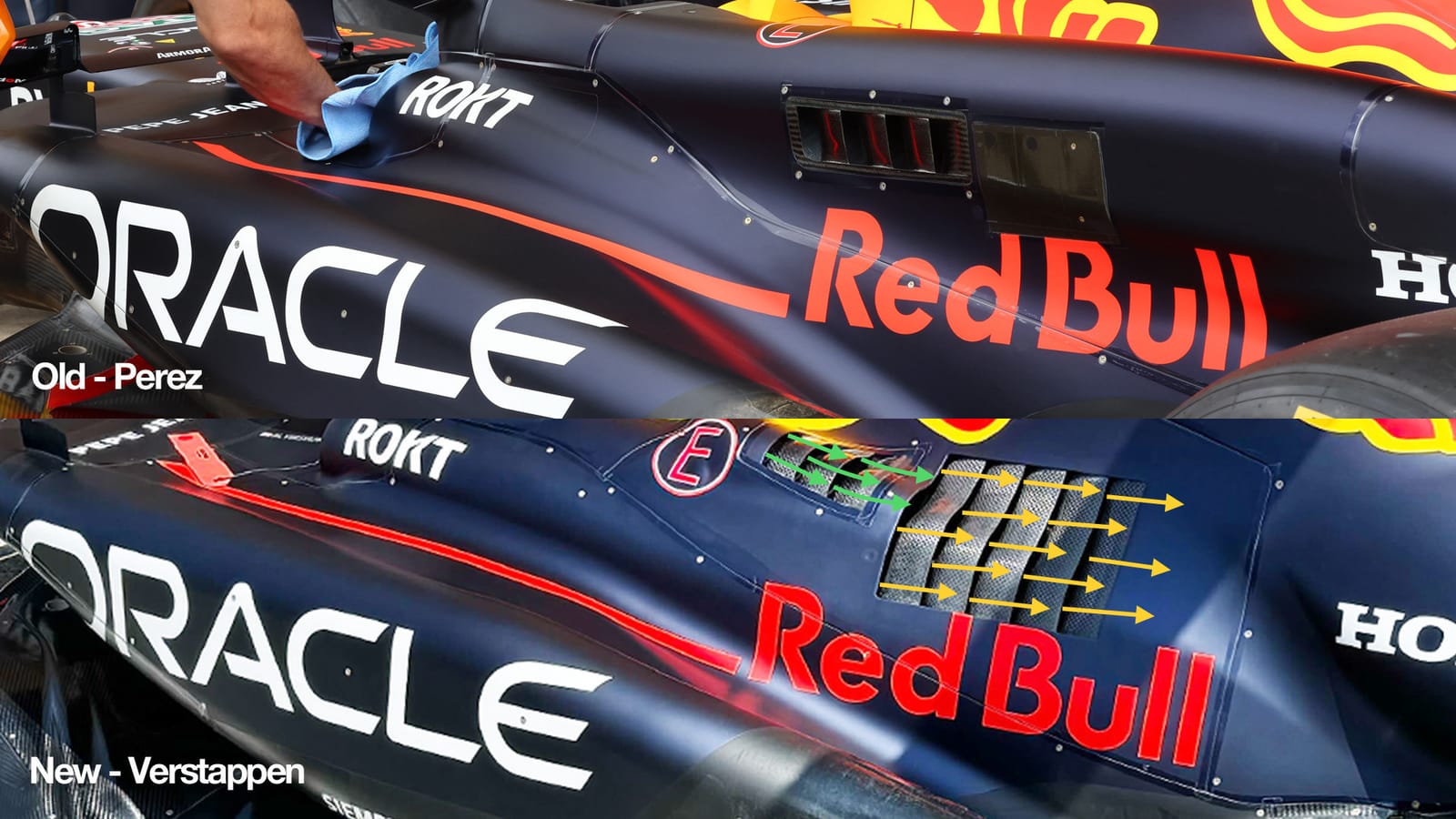Up Next

We are talking about half a tenth of a second of lap time difference. That’s all it took for Max Verstappen to be banging his steering wheel in frustration across the line at being outqualified by both McLarens at the Hungarian Grand Prix. The Lando Norris-Oscar Piastri front row made it the first McLaren 1-2 on a Formula 1 GP grid since the 2012 Brazilian Grand Prix.
“There was night and day better grip than yesterday at these lower temperatures,” said Norris. The track was around 2s faster at 39-deg than it had been at 48-deg C yesterday.
That of course benefitted everyone. Where it really helped the McLaren, Norris believed, was how its balance improved with the grip increase.
“As the track grip comes up it improves our weaknesses,” he explained. “We’re only talking maybe half-a-tenth. But that’s all it takes.”
“Yeah, it just becomes nicer to drive,” agreed Piastri.
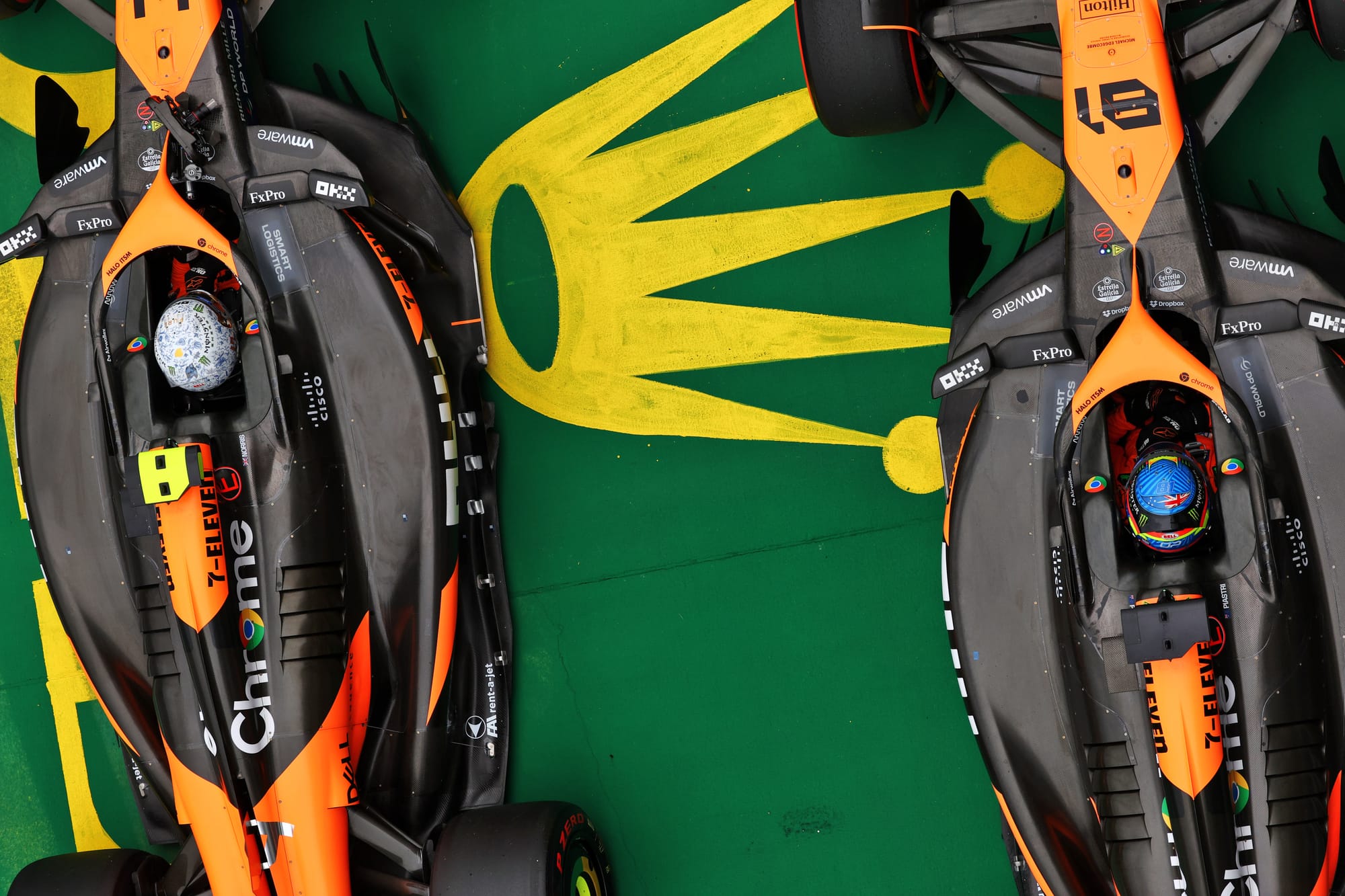
In reality, the car’s advantage over the Red Bull was probably greater than the 0.046s difference in lap times made it look. Because Norris’ pole came on his first Q3 run when the track was for sure slower than on the second runs.
Unlike those around him, he couldn’t improve on the second runs because he had only a used set of soft tyres left. There was more rain on the way, possibly during those second runs. So McLaren didn’t want to risk not running the new set on a dry track.
Verstappen improved by 0.283s on the second runs, Carlos Sainz by 0.508s, Piastri by a massive 0.614s (though that was also on account of a Turn 4 moment on his first run). The track grip was definitely ramping up quite spectacularly – as it always does here.
In reality, Norris could possibly have been on pole by two, even three, tenths had they got their tyre usage better through Q1 and Q2.
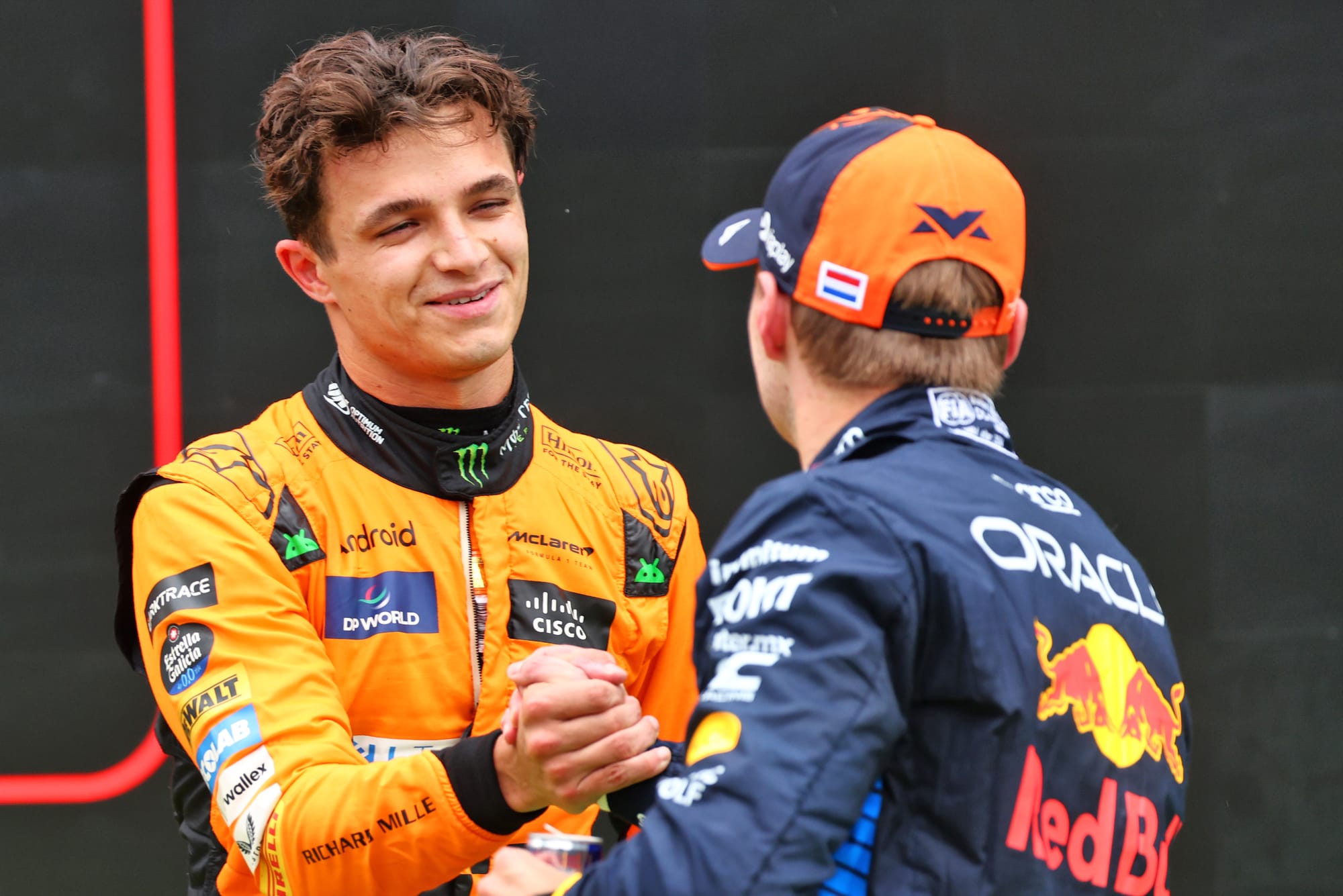
“Yes, we lost a set in Q2 because my lap on the used tyre wasn’t good enough. I did almost three-quarters of a lap on a new set at the end of Q1, so I’d say that’s probably where we messed it up.
“A bit silly going out on a new tyre at that point. Just to be safe, but we were safe anyway. In hindsight, because of how it turned out, I’m not complaining, but…”
But hang on. Norris was over 0.2s ahead of Verstappen yesterday too. Where’s the evidence that it improved relative to the Red Bull today?
Yes, but as we explained here at the time, Verstappen’s FP2 lap yesterday was compromised by more than 0.2s. With a straightforward run he’d have been around 0.15s ahead of the McLaren then and Verstappen was at the time pretty positive about how the upgraded bodywork seemed to be doing what it was designed to do – giving a better spread of balance between low and high speed. He was cranking on more front wing to reduce the low-speed understeer and yet the rear was still hanging on through the fast Turns 4 and 11.
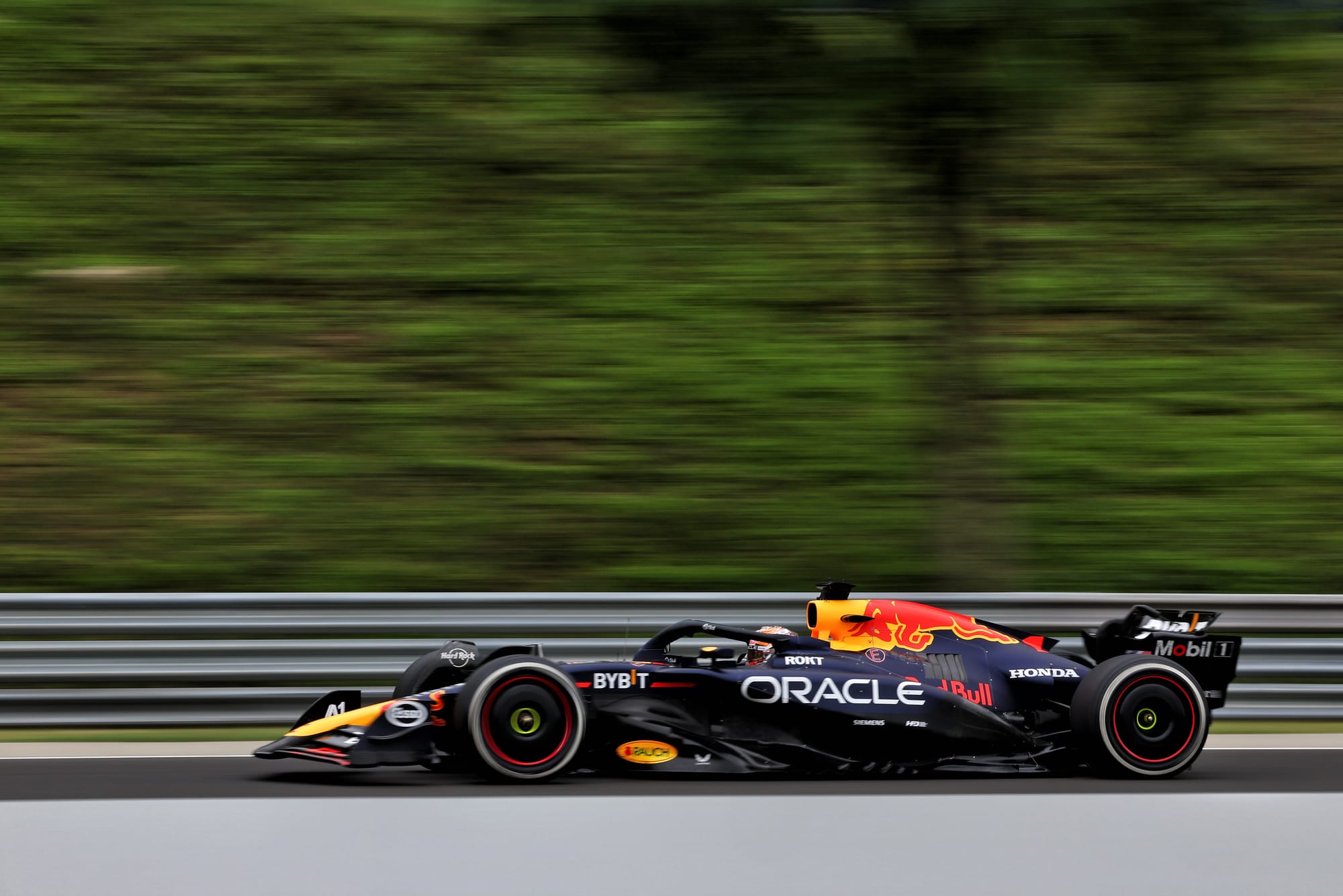
But as the track grip came up with the lower temperatures, the first signs of the Red Bull’s underlying difficulties still being there came in this morning’s FP3 session.
“In sector 2 I have understeer,” he radioed, “but at the same time I don’t have a massive amount of rear grip so I don’t know if I should take more front flap.”
The track grip increase which had improved the McLaren’s balance had worsened that of the Red Bull. With the tyres gripping harder and the car being forced down on its suspension more, so that troublesome situation was arising where the front wing becomes so effective at high speed that the rear becomes nervous.
It’s a generic problem with this generation of cars as they are developed to run ever-lower, but the McLaren’s seemingly more forgiving mechanical platform allows for more room to manoeuvre than the Red Bull.
The McLaren seems less sensitive, easier to put into its sweet spot. We’ve seen it many times already in the last few races but here the contrast in track grip Friday to Saturday made the mechanism driving that more visible.
The equivalent Norris and Verstappen laps are those first Q3 runs where Norris was 0.329s ahead. Comparing them in detail – rather than the tyre offset laps in run two - gives a clearer picture of where the McLaren’s advantage was.
Almost identical through Turn 1, between Turn 2 and Turn 5 the Red Bull is faster and is 0.152s ahead as they approach 5.
Norris then just grinds his way ahead through the rest of the lap, with occasional punctuations of the Red Bull’s better slow corner performance (notably through the chicane).
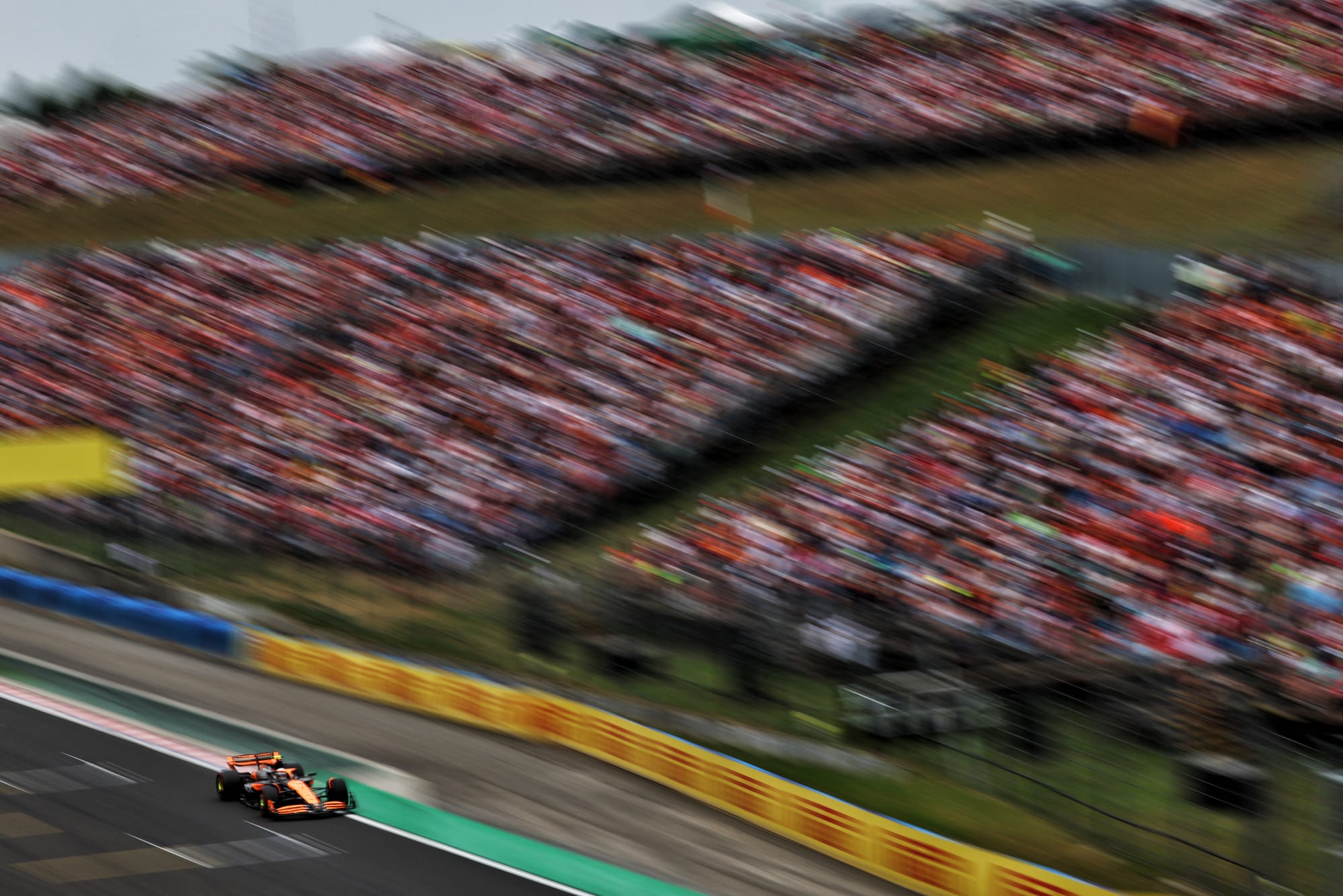
By the time they get to the last two corners, Norris appears to have way better rear tyre temperatures than Verstappen, who loses 0.2s in just two turns.
The Red Bull is slightly faster at the end of the straights, faster in the slowest corners but loses out to the McLaren everywhere else. Through the fast Turn 4 Norris’ minimum speed is 153.5mph, Verstappen’s 151.6mph. Through the similarly fast Turn 11 they are both at 149.6mph. The McLaren is gaining its advantage in the medium speed corners in the second half of the lap, most of it through better tyre control, which is a reflection of a better balance on a circuit which imposes extreme strains on the rear tyres.
“For sure the new bits work,” said Verstappen. “But we need more because the balance is really on the edge. I’m pushing harder than I did last year but it’s just not coming anymore…. We tried lots of things to optimise it but it’s just a bit too slow.”
So – at these track temperatures at least – even Red Bull’s ingenious attempt at an aero solution to the ground effect balance trap has not been enough to overcome the McLaren’s great mechanical platform.
Nonetheless, the McLarens and Verstappen increased their advantage here over Ferrari and Mercedes compared to recent races.
The Mercedes dislikes hot tracks even more than the Red Bull. The Ferrari was neither grippy nor well-balanced. Sainz qualified fourth ahead of Hamilton and Charles Leclerc – at between 6-7 tenths adrift of Norris’ first Q3 lap.
Race day is forecast to be as hot as Friday. So does the advantage then swing back Red Bull’s way? It’s a serious concern at McLaren.
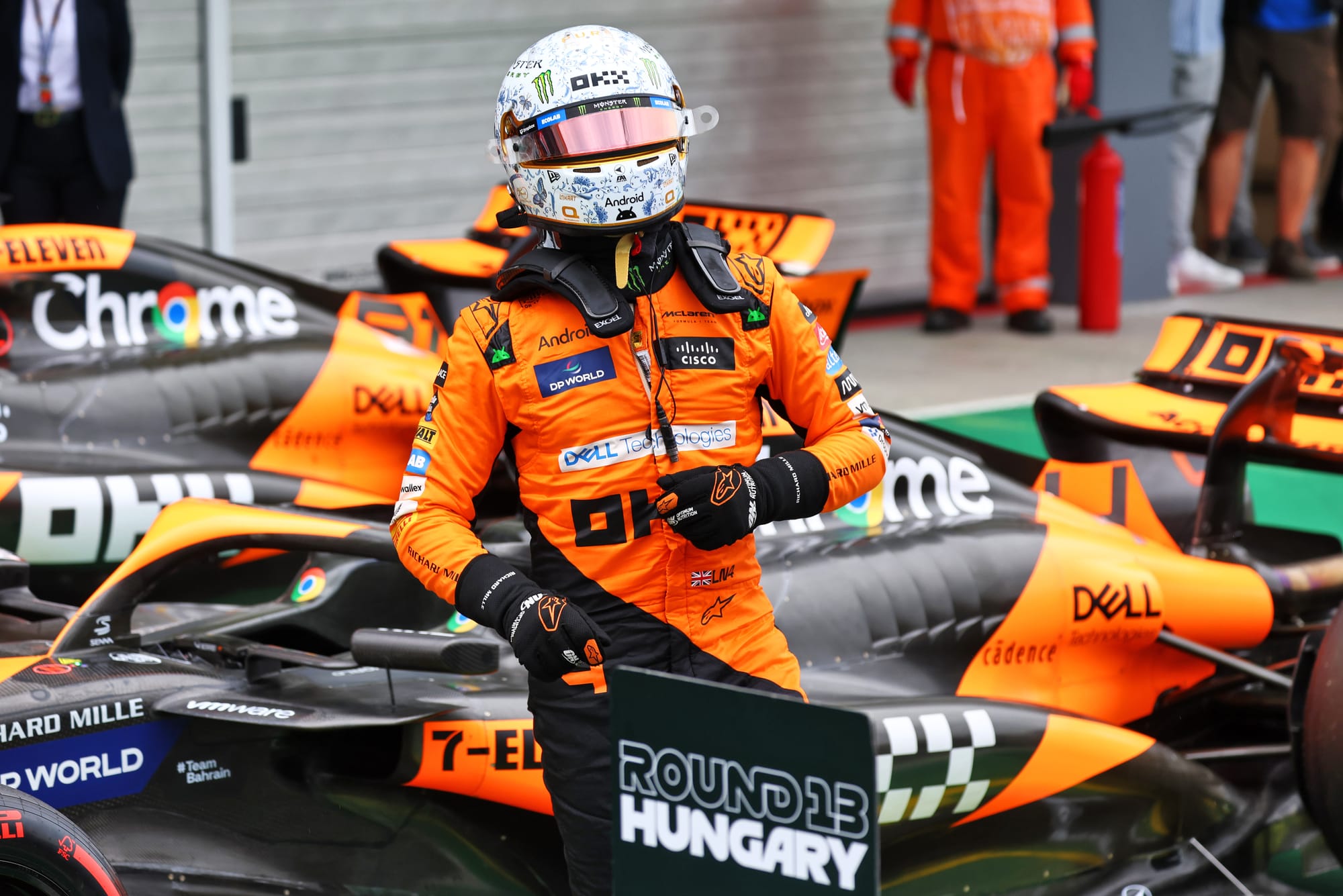
But the advantage of sewing up the front row is that you can potentially use the second car to allow the leading one to escape.
So long as that second car can contain the colossus of Verstappen into a Turn 1-2 sequence that is hard to defend.

